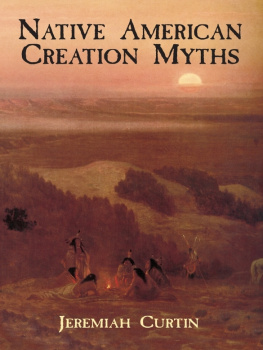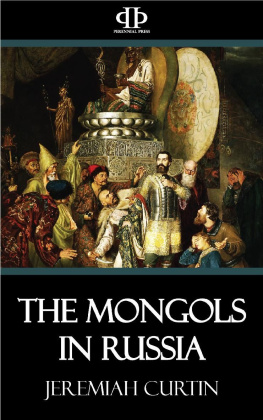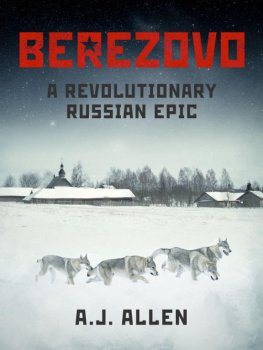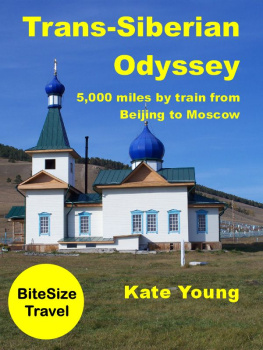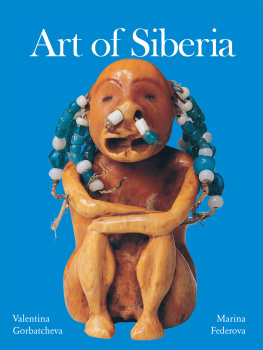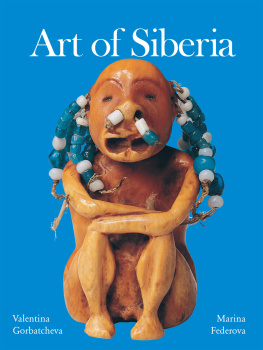Notes
MY collection of Buriat myths and folk-tales is small. The work should have been done years ago. I found many incomplete stories and fragments of myths, and am convinced that during the past five decades a large amount of rich Mongol material has been lost. The collection of the folk-lore of the different peoples of the world should not be neglected, for it is of great value. It is the entire stock of wisdom accumulated by the unlettered masses of mankind in all ages. Like language, it is the product neither of one mind nor a given number of minds, but of all the various groups which together form humanity. Like language, it is property bequeathed by anonymous ancestors or predecessors. As there is no nation, tribe, or group of persons without language, there is none without folk-lore, which in a broad sense is the fruit of the intellectual activity of men before they are modified by what is called education, and represents their religion, philosophy, and literature, if the latter term may be used with reference to people unacquainted with letters.
The term "Folk-lore" first appeared in 1846. Mr. Thoms, in a letter to the "London Atheneum" dated August 12 of that year, signed Ambrose Merton, proposed it, adding, "Remember I claim the honor of introducing the epithet Folk-lore, as Disraeli does that of introducing Fatherland into the literature of this country." The term has, I believe, no exact equivalent in other languages. The words more nearly corresponding to our folk-lore refer only to that part of it included in stories or tales, such as the German mrchen; the French contes; the Russian skazki; the Bohemian pohadki; and the Magyar msek.
I think no language except the English has a word that describes the result of the whole mental activity of uneducated men. The Russians have a term as broad as the English,Narodnoe tvorchestvo, meaning people's creativeness. This phrase describes the activity, while ours gives the result of the activity.
The folk-lore of the great nations of antiquity, the Greeks and Romans, is lost to us in its popular form, which we can only infer from what we find preserved in literature, religion, and art. The folk-lore of the Kelts, Teutons, and Slavs has come to us preserved by the uneducated people. Keltic folk-lore from Irish and Welsh sources has entered largely into the poetry and imaginative literature of western Europe. The folk-lore of Germany has had great influence on national literature and music. By a happy chance the Scandinavian branch of Teutonic folk-lore was preserved by Iceland, and preserved in its most developed form,one in which it more nearly approaches the maturity of Grecian mythology than that of any other folk-lore in Europe.
The folk-lore of the Aryans of India is preserved in the Vedes and the great poems, the Maha Bharata and the Ramayana, and exists in a rich growth of popular lore, only a part of which is yet collected. What there is in Persia in a modern form is unknown; of the ancient stories the Shah Nameh, or Book of Kings, is the great storehouse.
The Slavs, the most numerous of the Aryan race in Europe, present the most interesting field possible for the philologist, and no division of the race has a richer or more beautiful stock of folk-lore.
Folk-lore, though interesting in many directions and of the utmost value,for taken together with language it furnishes us with a documentary history of the human mind,is undoubtedly of most importance in what may be called its religions, meaning by religions theories of the universe and man's place in it.
The first five myths in this volume are not considered as myths by the Mongols, but as true descriptions of the Creation, the destruction of evil creatures, and the preparation of the world for its present inhabitants. They are for the Pagan Buriats what the Bible is for Christian peoples. Esege Malan is the Creator. To destroy the harmful creatures which inhabited the earth, Gesir Bogdo, his grandson, leaves heaven and is born of woman. The Iron Hero is created for the purpose of aiding Gesir Bogdo. When the earth is purified and inhabited by man, Mindiu appears.
MINDI QUBUN NOYAN
The story of the birth of Mindi Qbun Noyan, whose father was one of the fifty-five Tengeris, is interesting as having parallels in many mythologies. The spirit of the god enters into a hailstone which falls to the earth and is swallowed by Mlk Shin. In one version of this myth the hailstone falls on Mlk Shin's head. In due time a son is born. This son of a heavenly Tengeri establishes the Mongol religion. He instructs the people, tells them to whom they are to pray, and what offerings are most acceptable to the gods. He consecrates the first Shamans and teaches them how to offer sacrifices.
In Greek mythology, Helena, the heroine of Troy, is the daughter of Leda and of Zeus, the over-arching heaven, with all its light. Leda after her death was raised to the rank of a divinity. No such honor was given Mlk Shin, but her son is a god, or, at least, prayers are offered to him and he is supposed to answer them.
Among the Algonkin Indians there is a myth of the Earth-maiden who becomes a mother when looked upon by the sun. She gives birth to a daughter who is called Wakos ikwe, the fox woman. In time Wakos ikwe gives birth to a great hero, the benefactor of aboriginal man in America, the food-giver. This benefactor's name has not been changed or its meaning forgotten; he is known to be that warm air which, in fine weather, we see dancing and quivering above the earth,that same hot, dancing air which Mother Earth gave to Esege Malan.
THE BURNING OF THE DEAD
It is almost certain that in Mongol mythology there was once a long myth about the Cuckoo from which we could get some idea of why this bird is connected with the burning of the dead. From the time that the cuckoo ceases to sing in August till its first song in spring no one who dies is burned. The Mongols do not know why this is. To questions asked the old men in the Buriat land, the answer was always the same: "Mindi Qbun told us when and how to burn our dead."
The cuckoo appears in many of the myths in this volume, and usually in connection with bringing the dead to life. When the Iron Hero is killed and thrown into the Black Misty Sea the cuckoo appears, and before her power the sea vanishes. When the skeleton is taken from the cask she sings as she moves around it. When she reaches the head the third time the Iron Hero springs up. When Hanhai is trying to bring her brother to life, she reads in her book that she must ask a certain cuckoo to aid her.
A Buriat will never kill or shoot at a cuckoo.
THE MORNING STAR
There was once a Mongol myth about Solobung Yubn, the morning star, but, so far as I could find, only fragments of it remain.
In the religious system of the Buriats the morning star is a great personage, the son of Esege Malan the Creator. Solobung Yubn is benevolent; if properly propitiated he will grant increase of crops and of cattle. But the offerings to him must be made at the dawn of day, and the dance in his honor must continue from sunset till daybreak.
Solobung Yubn, the Lucifer of the Latins, has in Mongol myths much the same character as in the myths of the Indians, especially in those of the Modocs and Delawares. The Modocs have a very long story which contains much valuable material. In this story the morning star appears as the attendant spirit of the sun. (Introduction to "Myths and Folk-lore of the Russians, Western Slavs, and Magyars.")
In Delaware myths the morning star often assists people by bringing daylight quickly. In Yana myths the morning star, Halai Anna, and the evening star, Paiowa, are the daughters of Wakara, new moon. ("Creation Myths of Primitive America.")


